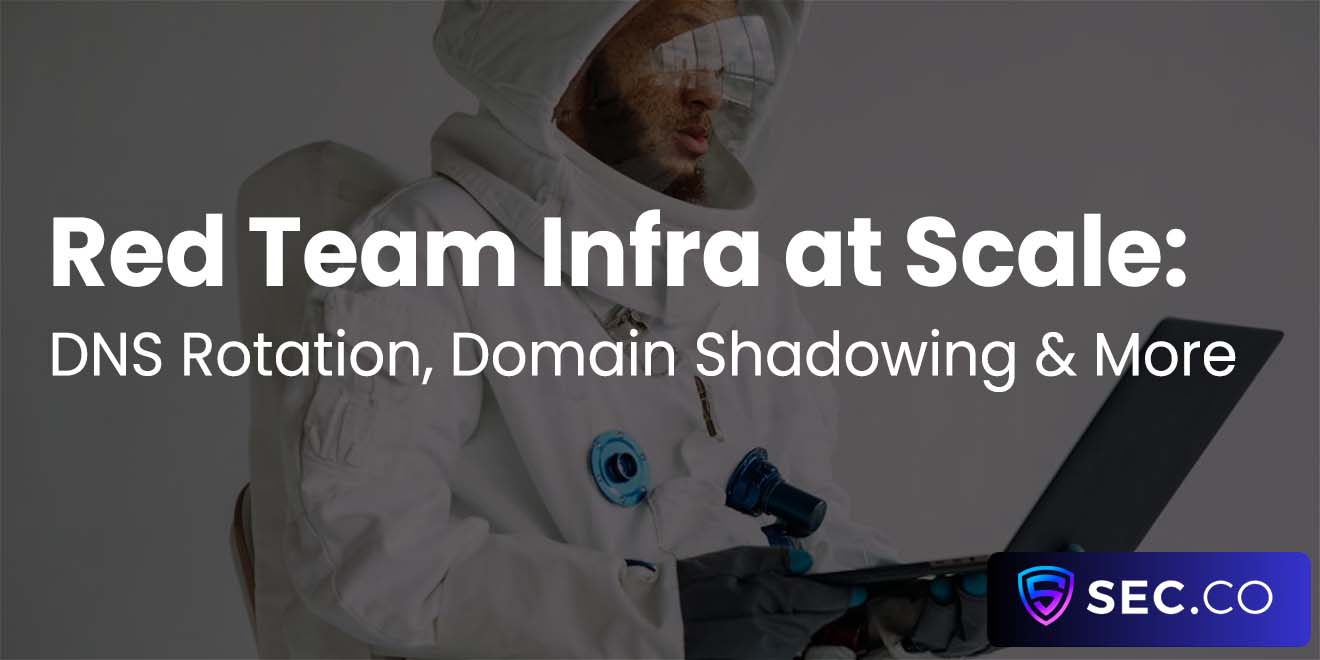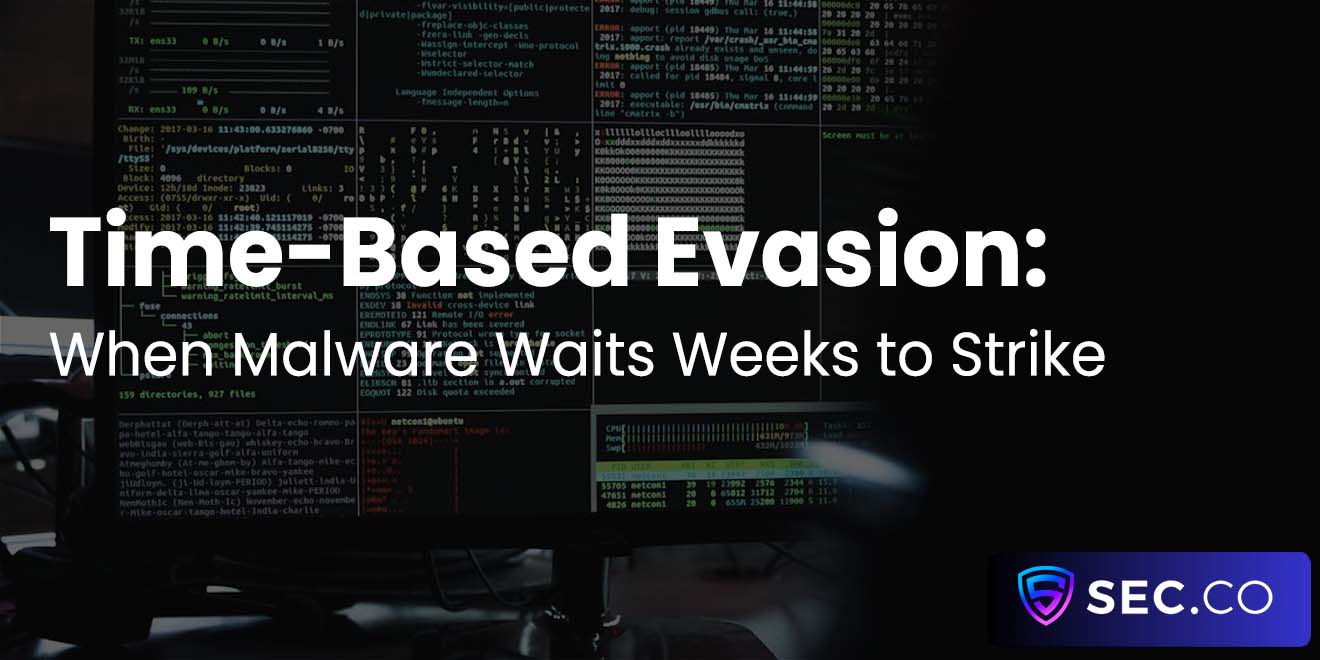Risks of Autonomous Decision-Making in Threat Detection
If you’ve spent any time in the cybersecurity world, you know how important it is to stay ahead of digital threats. From ransomware to zero-day exploits, hackers aren’t exactly sending out courtesy notices before they strike. That’s why a lot of organizations are leaning on automated or AI-driven solutions to handle threat detection. The idea, of course, is to spot the bad guys (or bad bots) more quickly and accurately than humans can on their own.
But before you breathe a sigh of relief and let your automated system run the show all by itself, you should consider some important risks. Below are five potential pitfalls of autonomous decision-making in threat detection—and how being aware can help you keep your data and networks more secure.

Overconfidence in the Algorithm
Algorithms can spot suspicious activity in a fraction of the time it takes a human analyst. Sounds great, right? The flipside is that depending exclusively on automation can lead to a dangerous kind of overconfidence. If the system flags or dismisses a threat automatically—without a skilled human ever taking a second look—you run the risk of missing a subtle but devastating attack.
Solution Tip: Pair automation with occasional manual checks by cybersecurity pros who understand the context and big-picture threats. Sometimes an experienced set of human eyes is exactly what’s needed.
Blind Spots in Machine Learning Models
Machine learning isn’t magic, even though it can feel that way when it’s crunching massive amounts of data. AI models are molded by the training data they receive. If that data doesn’t reflect real-world conditions—or if attackers figure out how to circumvent the AI’s logic—the system might end up missing (or misclassifying) truly dangerous threats.
Solution Tip: Continuously update your AI with fresh, high-quality data. Conduct regular “red team” exercises to test whether your model can handle new, innovative attack methods.
False Positives and Negatives
A big plus of automated threat detection is speed, but it’s not immune to mistakes. A false positive can trigger unnecessary alarms and tie up precious resources, while a false negative could mean a malicious threat goes undetected. Both outcomes are bad news.
Solution Tip: Striking the right balance is key. Use automation to sift through data quickly, but maintain a reliable process for double-checking priority alerts. Structured escalation protocols ensure real threats don’t slip through the cracks.
Ethical and Accountability Challenges
When a person makes a call—in cybersecurity or elsewhere—it’s generally clear who bears responsibility if things go wrong. But in an automated environment, questions of accountability can get fuzzy. Who’s at fault if the AI fails to flag a threat or mistakenly shuts down critical systems?
Solution Tip: Establish clear backup plans and lines of responsibility. Decide in advance how your team will address issues caused by automated decisions, and keep thorough logs to trace back any incidents.
Complacency and Skill Degradation
Strangely enough, over-reliance on automation can cause teams to lose some of their “old-fashioned” threat analysis chops. If an AI-driven system does everything, analysts might not sharpen or maintain their investigatory skills to the same degree.
Solution Tip: Provide ongoing training and exercises that let analysts roll up their sleeves and actively hunt for emerging threats. It’s great to have the algorithm, but you don’t want to lose the human ingenuity that often catches what AI might miss.
Final Thoughts
Autonomous decision-making in threat detection is a game-changer in the battle against cyberattacks. It can significantly boost efficiency and accuracy—if used correctly. But no system is foolproof, and no algorithm should ever be left completely unchecked. Keep these risks and considerations in mind as you weigh the value of AI in your cybersecurity strategy.
The best approach often involves a smart blend of automated systems enhanced by human expertise. Whether you’re running a small startup or managing a huge enterprise network, consistently auditing and refining your tools will help keep you one step ahead of the bad guys.
Trusted by the Web Community
See what we written lately
Request an invite
Get a front row seat to the newest in identity and access.















